Home>Articles>What Are The Common Causes Of Ladder Accidents?
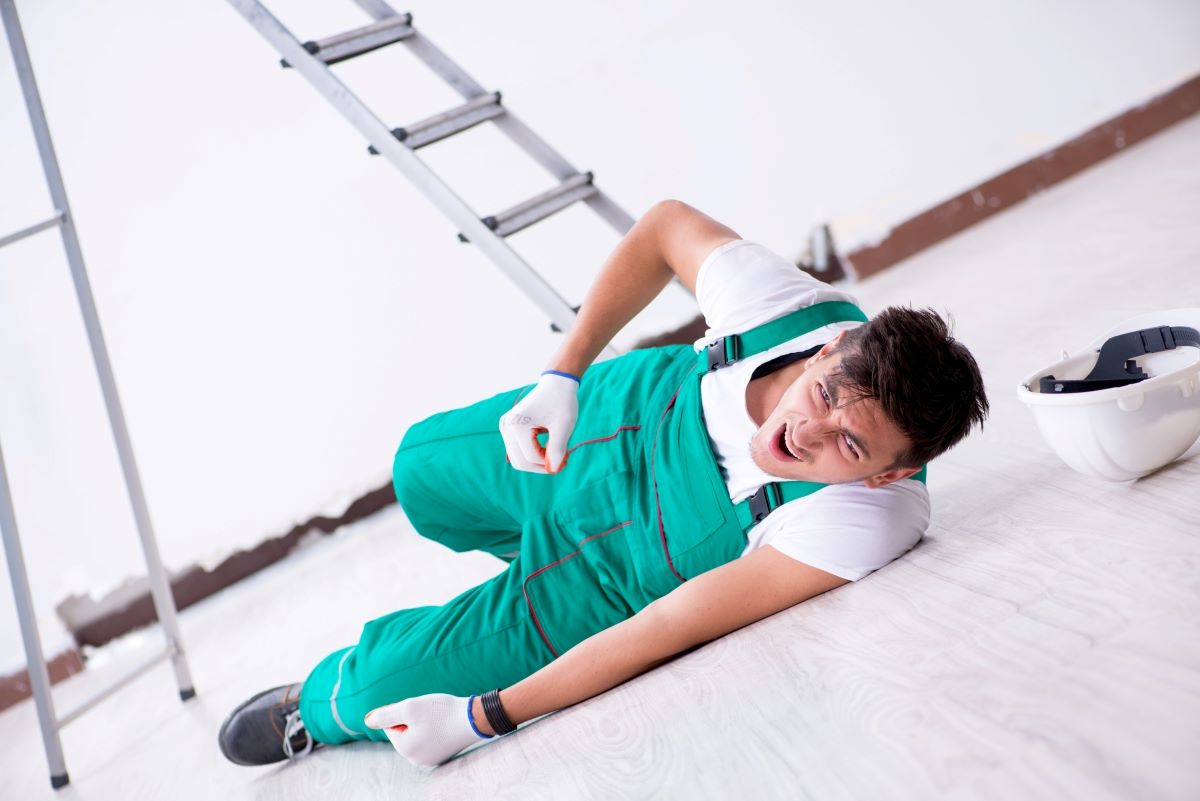

Articles
What Are The Common Causes Of Ladder Accidents?
Modified: February 23, 2024
Looking for informative and engaging articles? Discover a wide range of topics and expert insights to keep you informed and entertained while climbing up the ladder.
(Many of the links in this article redirect to a specific reviewed product. Your purchase of these products through affiliate links helps to generate commission for Storables.com, at no extra cost. Learn more)
Introduction
Welcome to the world of ladder climbing! Whether you’re a professional tradesperson, a DIY enthusiast, or even just needing to change a light bulb, using a ladder is a common task we often take for granted. However, no matter how routine or simple it may seem, ladder accidents can happen in an instant and have serious consequences. That’s why ladder safety should always be a top priority.
In this article, we will discuss the importance of ladder safety, common causes of ladder accidents, signs that indicate a potential disaster, proper safety precautions to follow, and first aid measures for ladder-related accidents. By understanding and implementing these guidelines, you can minimize the risk of accidents and ensure a safe climbing experience.
Key Takeaways:
- Prioritizing ladder safety is crucial to prevent injuries, financial burdens, and emotional trauma. Implementing safety measures creates a culture of safety and reduces the risk of accidents in the workplace and at home.
- Recognizing signs of potential ladder disasters, following safety precautions, and providing first aid in ladder-related accidents are essential for creating a safe climbing environment. Prioritizing safety and taking proactive measures can greatly reduce the risk of ladder accidents.
The Importance of Ladder Safety
Ladder safety is crucial for several reasons. First and foremost, it helps prevent serious injuries and even fatalities. According to the National Safety Council, falls from ladders account for a significant number of occupational injuries and deaths each year. These accidents can result in broken bones, head trauma, spinal injuries, and other severe consequences.
Besides the physical toll, ladder accidents can also have financial and emotional implications. Medical bills, lost wages due to missed work, and potential long-term disability can all place a significant burden on individuals and their families. Additionally, the emotional trauma resulting from a ladder accident can’t be overlooked, as it can lead to fear, anxiety, and a loss of confidence.
Not only do ladder accidents impact individuals, but they can also have consequences for employers. Occupational Safety and Health Administration (OSHA) regulations mandate that employers provide a safe working environment for their employees, which includes proper ladder safety protocols. Failure to comply with these regulations can result in hefty fines, legal ramifications, and damage to a company’s reputation.
By prioritizing ladder safety, you can mitigate these risks and create a safer environment for yourself and those around you. Taking precautionary measures helps ensure that accidents are avoided and that the task at hand is completed efficiently.
Moreover, implementing ladder safety protocols establishes a culture of safety in your workplace or home. By setting a good example and emphasizing the importance of safety, you encourage others to follow suit and make wise choices when using ladders. This collective effort can significantly reduce the occurrence of ladder-related incidents and contribute to a safer overall environment.
Common Causes of Accidents
Understanding the common causes of ladder accidents is essential in order to prevent them. By being aware of these factors, you can take proactive measures to avoid potentially dangerous situations. Here are some of the most common causes of ladder accidents:
- Incorrect ladder selection: Choosing the wrong type or size of ladder for the task at hand is a common mistake. Using a ladder that is too short or too tall, or one that is not suitable for the specific work environment, increases the risk of accidents.
- Improper ladder setup: Failing to properly set up the ladder is another frequent cause of accidents. This includes not fully extending extension ladders, placing them on uneven or unstable surfaces, or not securing them properly.
- Lack of stability: Stability is crucial when using a ladder. If the ladder is not stable, it can shift or tip over, causing a fall. Factors such as slippery surfaces, improper weight distribution, or excessive side-to-side movement can all contribute to instability.
- Overreaching: Stretching too far while on a ladder can cause it to become unbalanced and potentially tip over. It is important to maintain a stable and secure position on the ladder and avoid overreaching for objects or areas that are out of reach.
- Misusing ladders: Ladders should only be used for their intended purpose. Using a ladder as a makeshift scaffold, placing objects on top of the ladder, or standing on the ladder’s top rung are all examples of ladder misuse that can lead to accidents.
- Inadequate training: Lack of proper training on ladder safety is a significant factor in ladder accidents. It is important to receive training on ladder usage, including proper setup, maintenance, and safe climbing techniques.
By familiarizing yourself with these common causes, you can take the necessary precautions to avoid accidents. Always select the appropriate ladder for the task, ensure proper setup and stability, avoid overreaching, and use ladders only as intended. Additionally, seek proper training and education on ladder safety to ensure that you have the knowledge and skills to use ladders safely and effectively.
Signs of a Potential Disaster
Recognizing the signs of a potential ladder disaster is key to preventing accidents and ensuring your safety. By staying vigilant and aware of your surroundings, you can identify warning signs that indicate a hazardous situation. Here are some signs to watch out for:
- Wobbly or unstable ladder: If the ladder feels shaky or unsteady when you climb on it, it is a clear signal that something is wrong. Do not ignore this sign and avoid using the ladder until it is securely stabilized.
- Loose or damaged rungs: Check the ladder rungs for any signs of damage or looseness. Cracked or broken rungs can compromise the ladder’s integrity and increase the risk of accidents.
- Slippery surfaces: If the ladder is placed on a slippery surface, such as oil, grease, or ice, it becomes extremely dangerous. Ensure that the area around the ladder is clean and dry before climbing.
- No safety equipment: Lack of proper safety equipment, such as stable platforms or safety harnesses for working at heights, is a red flag. Never attempt to work at heights without the necessary safety measures in place.
- Overloading: Exceeding the ladder’s weight capacity is a recipe for disaster. Always check the weight rating of the ladder and refrain from carrying heavy objects or multiple individuals beyond its capacity.
- Strong winds: Climbing a ladder during strong wind conditions is extremely hazardous. Even a slight gust of wind can cause the ladder to sway or tip over. It is best to avoid using ladders in windy conditions.
If you encounter any of these signs or notice any other potential dangers while using a ladder, it is crucial to address them immediately. Stop using the ladder if it is unstable, damaged, or in a hazardous environment. Take the time to assess the situation, make any necessary adjustments or repairs, or seek assistance from a professional if needed.
Remember, your safety is of utmost importance, and ignoring these signs can lead to severe injuries or even fatalities. Always trust your instincts and prioritize caution when using ladders.
Always wear a hard hat when climbing a ladder to protect yourself from falling debris or splattering materials. Safety first!
Proper Safety Precautions
Taking the appropriate safety precautions when using a ladder is essential to minimize the risk of accidents. By following these guidelines, you can ensure a safer climbing experience:
- Choose the right ladder: Select a ladder that is appropriate for the task at hand. Consider the height, weight capacity, and the type of ladder that best suits the job. This will ensure stability and safety during use.
- Inspect the ladder: Before using a ladder, thoroughly inspect it for any damage, such as cracks, bent rungs, or loose parts. If you notice any issues, do not use the ladder and have it repaired or replaced.
- Set up on stable ground: Place the ladder on a firm and level surface. Avoid uneven or slippery surfaces that could cause the ladder to shift or tip over. If necessary, use leveling devices or boards to stabilize the ladder.
- Secure the ladder: If possible, secure the ladder at the top or bottom to prevent any movement. Use non-slip pads or rubber feet to provide additional stability on smooth surfaces.
- Use the 4-to-1 rule: For every four feet of ladder height, position the base one foot away from the wall or object it is leaning against. This angle helps distribute the weight properly and prevents the ladder from toppling over.
- Face the ladder: Always face the ladder and maintain a firm grip on the rungs or side rails while climbing. Never lean or reach out too far, as it can cause the ladder to become unstable.
- Maintain three-point contact: Keep three points of contact with the ladder at all times. This means having two hands and one foot, or two feet and one hand, in contact with the ladder rungs or side rails.
- Avoid excessive reaching: Instead of overreaching, reposition the ladder to reach the desired area safely. Overreaching can cause loss of balance and increase the risk of falling.
- Use proper climbing techniques: Ascend and descend the ladder slowly and deliberately. Do not skip rungs or slide down the ladder. Maintain a steady grip and avoid sudden movements that can throw you off balance.
- Keep the area clear: Clear the area around the ladder of any objects or debris that could pose a tripping hazard. This ensures a safe and unobstructed climbing path.
- Follow manufacturer guidelines: Read and follow the manufacturer’s instructions and guidelines for the specific ladder model you are using. These guidelines provide important information on proper usage, weight capacity, and maintenance.
By adhering to these safety precautions, you can significantly reduce the risk of ladder accidents. Remember, safety should always come first when using a ladder, no matter how simple or routine the task may seem.
First Aid for Ladder Accidents
In the event of a ladder accident, it is crucial to provide appropriate first aid to minimize further injury and ensure the well-being of the individual involved. Here are some first aid measures to consider for ladder-related accidents:
- Assess the situation: Before providing any first aid, assess the scene to ensure your safety and the safety of others. If the ladder is still unstable or the area is hazardous, take the necessary steps to make it safe before proceeding.
- Call for help: If the person involved in the accident is seriously injured or unable to move, call emergency services immediately. It is vital to seek professional medical assistance in serious ladder accidents.
- Stabilize the injured person if possible: If it is safe to do so, stabilize the injured person by providing support and minimizing movement. Encourage them to stay still and avoid putting weight on any injured limbs.
- Control bleeding: If there is any bleeding, apply direct pressure to the wound using a clean cloth or sterile dressing. Elevate the injured limb, if possible, to help reduce blood flow and promote clotting.
- Immobilize fractures: If you suspect a fracture or severe injury, immobilize the affected limb by splinting it with a rigid object, such as a board or rolled-up newspaper, to prevent further movement and minimize pain.
- Treat shock: Ladder accidents can be traumatic, and the injured person may experience shock. Keep them calm, provide reassurance, and help them lie down with their legs slightly elevated to improve blood flow.
- Monitor breathing: If the injured person is unconscious or having difficulty breathing, check their airway for any obstructions and provide appropriate rescue breathing or CPR if necessary.
- Keep the person warm: Cover the injured person with a blanket or warm clothing to maintain body temperature and prevent hypothermia, especially if they are in a cold or outdoor environment.
- Provide emotional support: Ladder accidents can be traumatic experiences, and the injured person may be feeling scared or anxious. Offer emotional support and reassurance during the first aid process.
- Do not move the injured person: Unless absolutely necessary due to imminent danger, it is generally advised not to move an injured person as it can worsen their injuries or cause further trauma.
Remember, first aid is designed to provide immediate care and stabilize the injured person until professional medical help arrives. It is important to remain calm, follow proper first aid techniques, and prioritize the safety and well-being of all involved in ladder accidents.
Conclusion
Safety should always be the top priority when it comes to using ladders. Understanding the importance of ladder safety and taking the necessary precautions can go a long way in preventing accidents and ensuring a safe climbing experience.
In this article, we have discussed the significance of ladder safety, common causes of ladder accidents, signs of potential disasters, proper safety precautions, and first aid measures for ladder-related accidents. By being aware of these factors and implementing the recommended guidelines, you can mitigate risks and create a safer environment for yourself and those around you.
Remember to always choose the right ladder for the task, inspect it for any damage or defects, and set it up on stable ground. Take the necessary steps to ensure stability, such as securing the ladder and maintaining three-point contact while climbing. Avoid overreaching and misusing ladders, and seek proper training on ladder safety.
In the event of a ladder accident, assess the situation, call for professional medical help if needed, and provide appropriate first aid. Control bleeding, immobilize fractures, and offer support and reassurance to the injured person. Remember to stay calm and prioritize the safety and well-being of those involved.
By following these guidelines and being proactive in ladder safety, you can greatly reduce the risk of ladder accidents and create a safer environment for yourself and others. So, the next time you find yourself climbing a ladder, remember to prioritize safety and take the necessary precautions. Your well-being depends on it.
Frequently Asked Questions about What Are The Common Causes Of Ladder Accidents?
Was this page helpful?
At Storables.com, we guarantee accurate and reliable information. Our content, validated by Expert Board Contributors, is crafted following stringent Editorial Policies. We're committed to providing you with well-researched, expert-backed insights for all your informational needs.
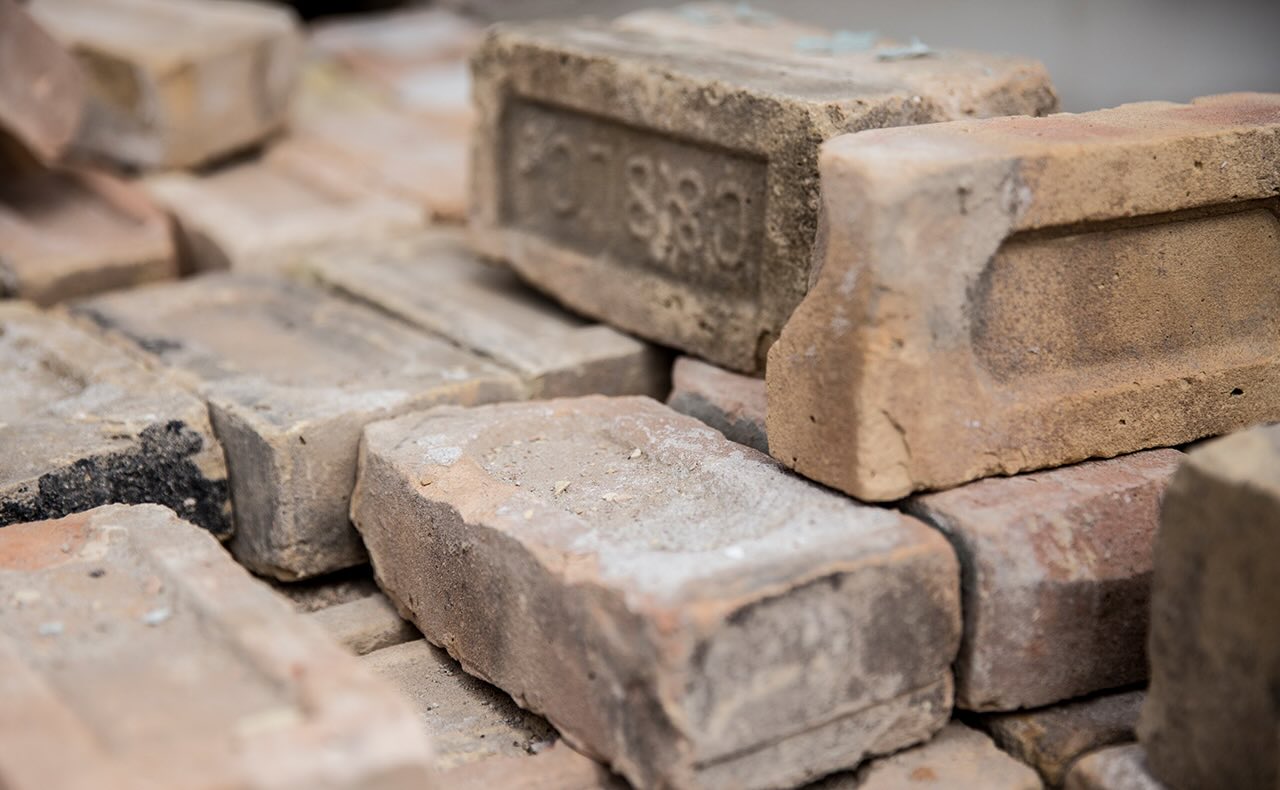
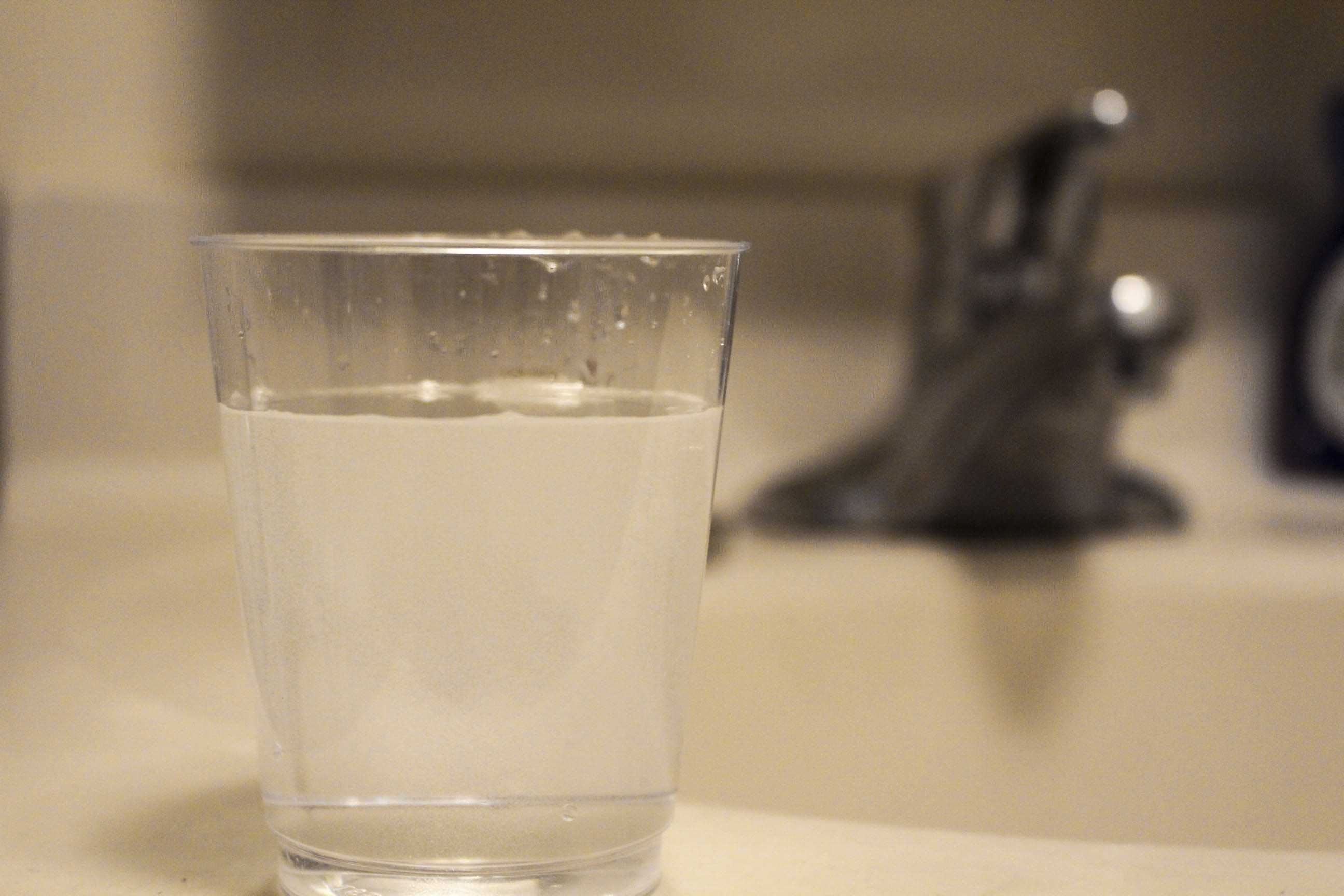


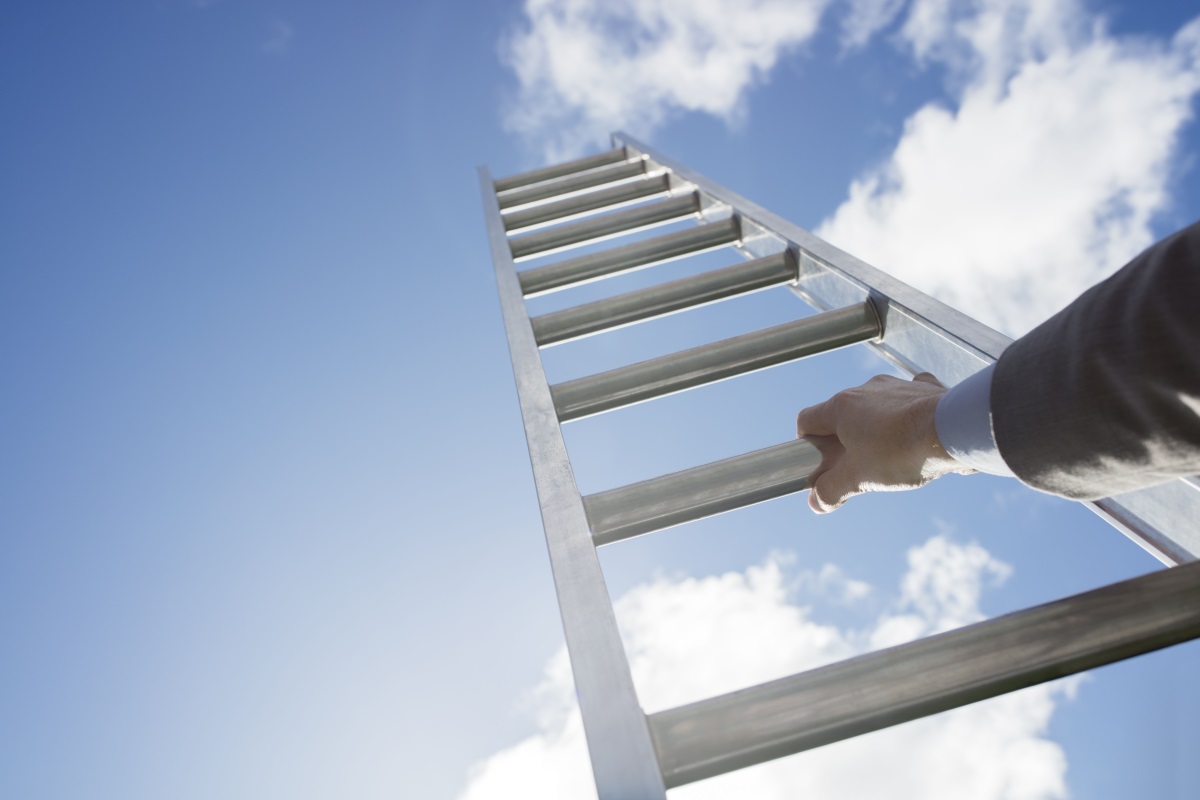
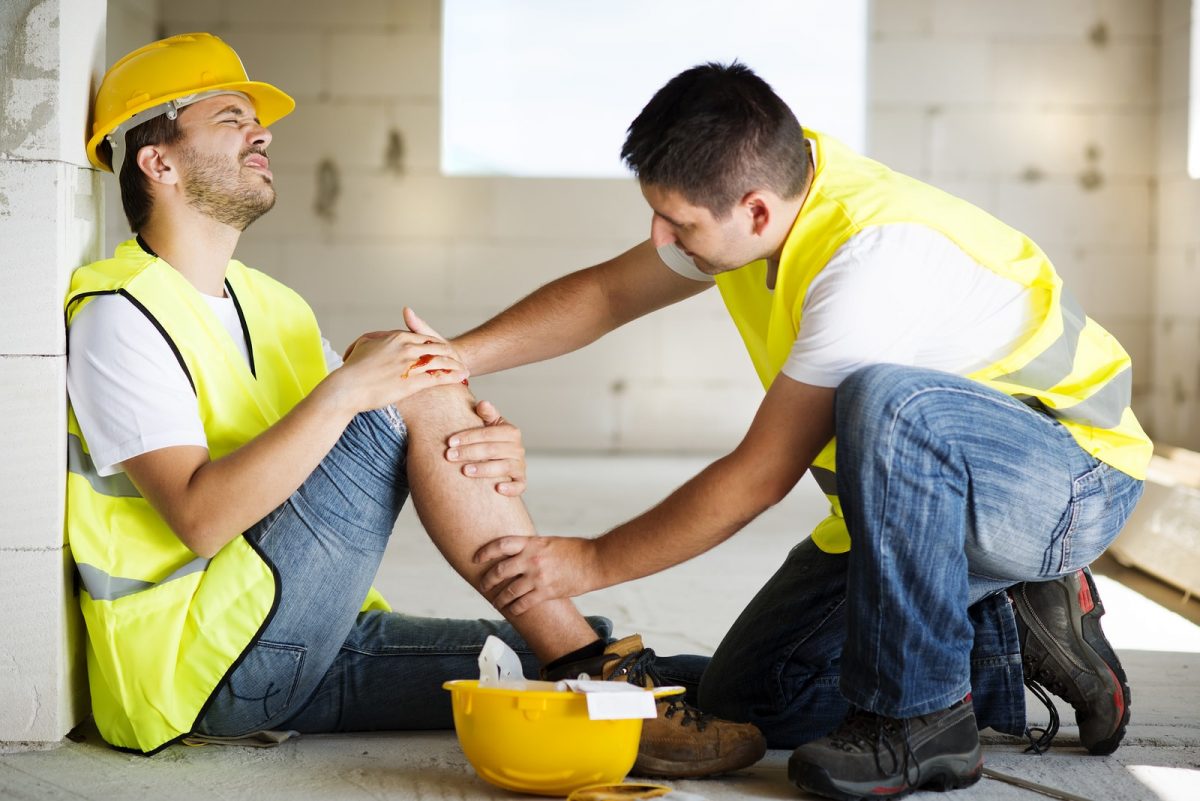


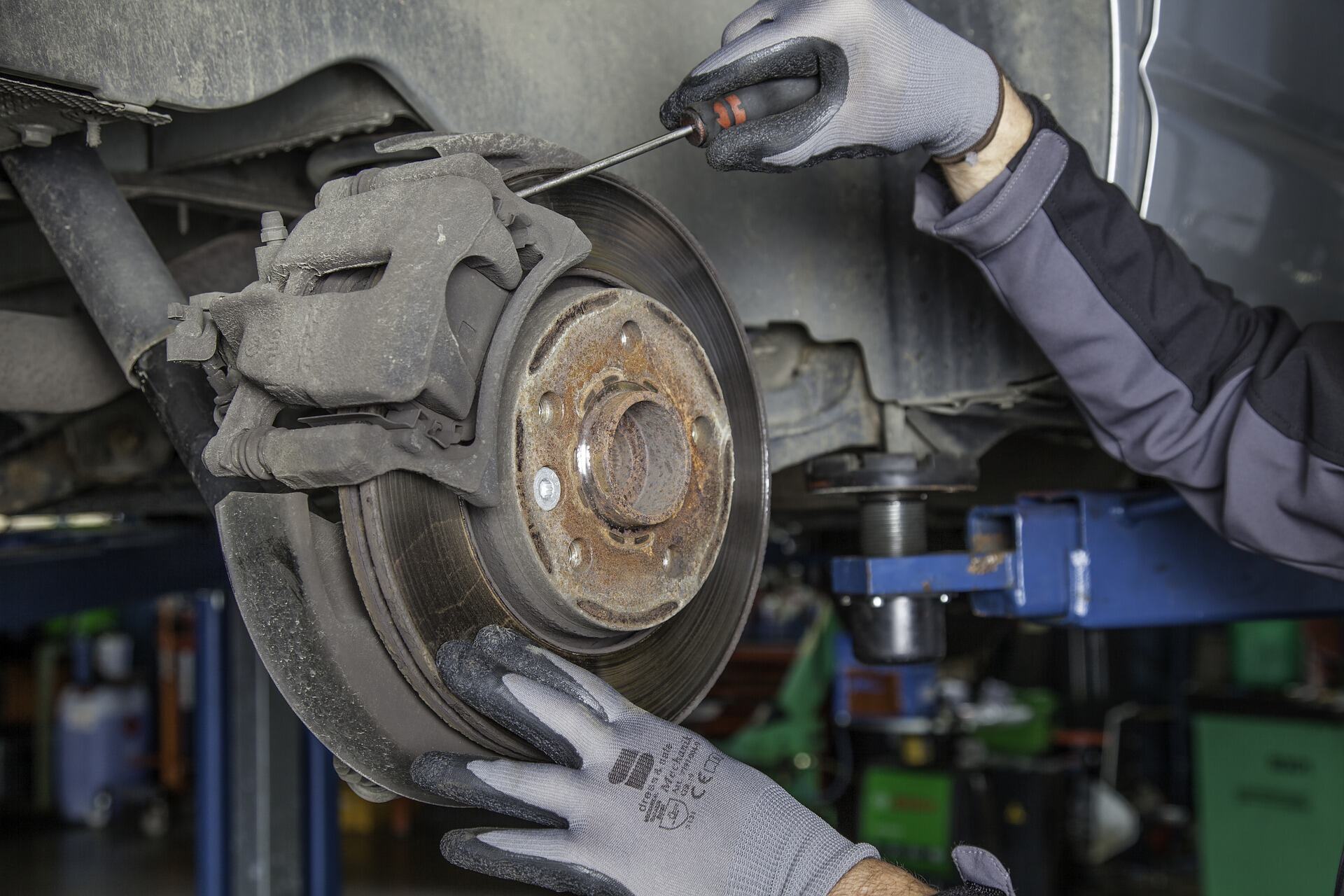
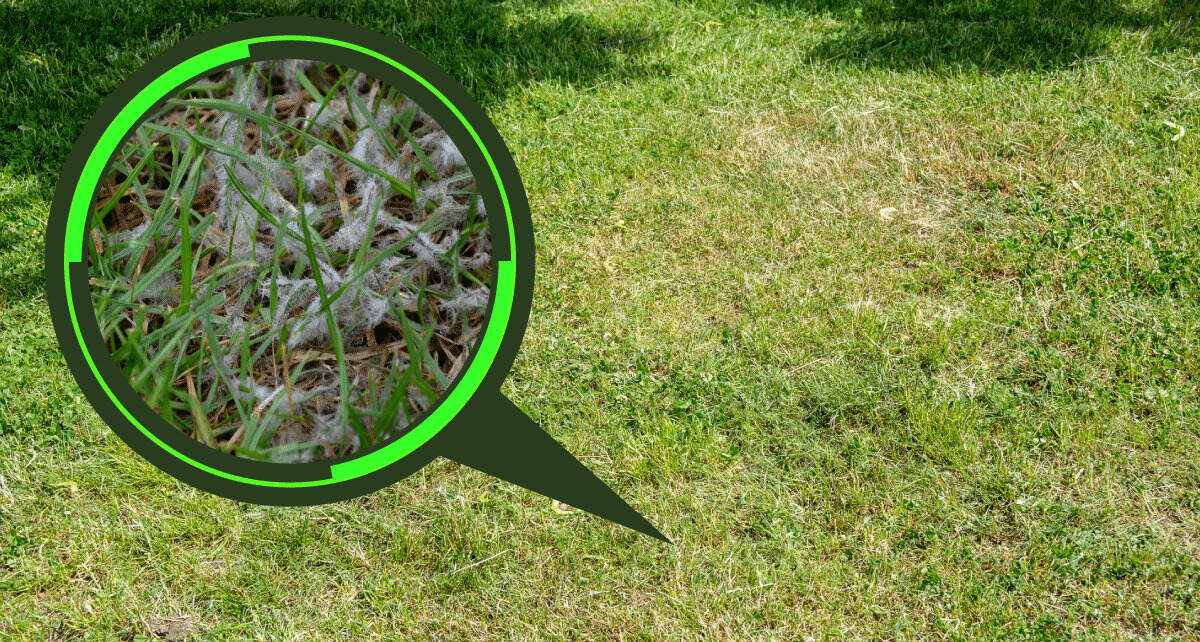
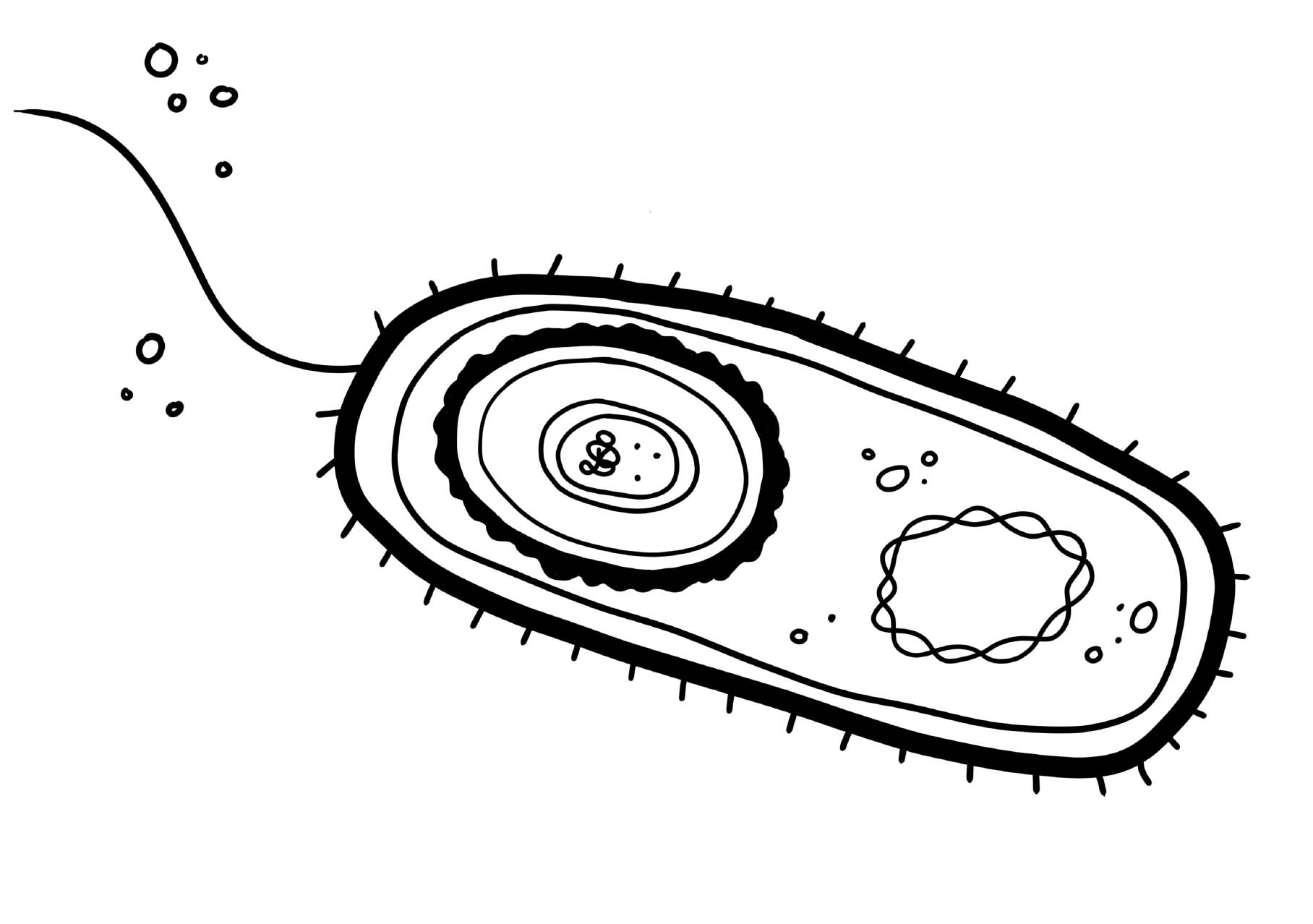
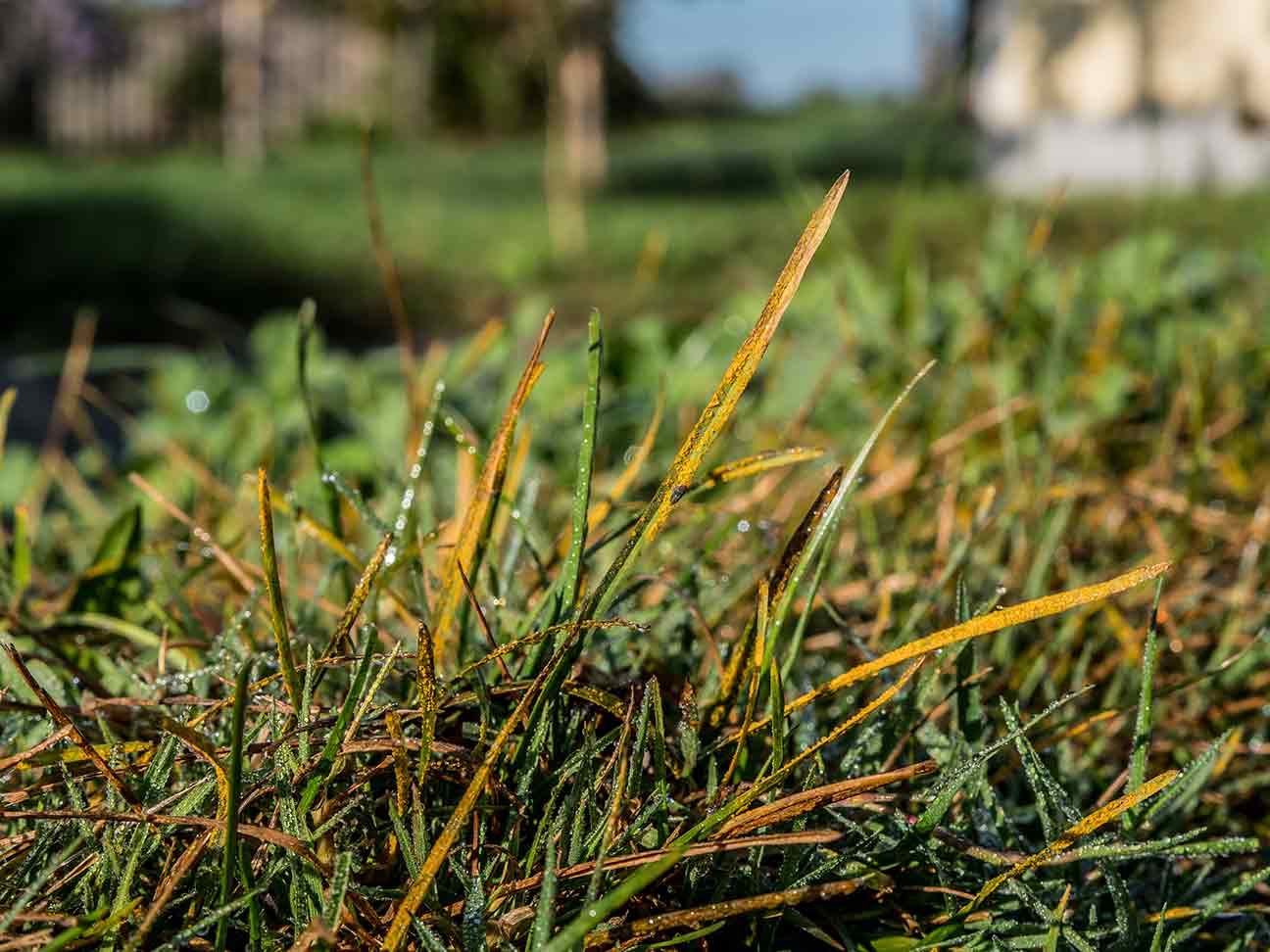

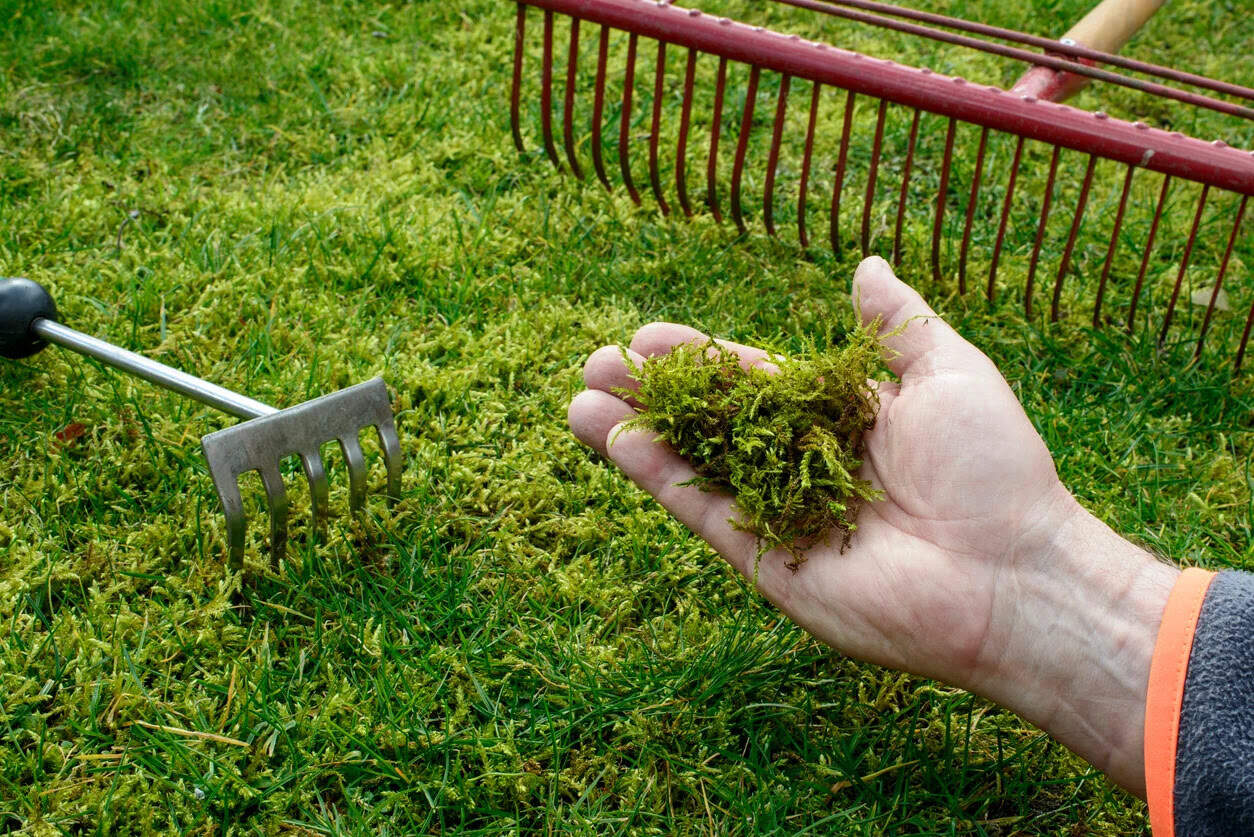

0 thoughts on “What Are The Common Causes Of Ladder Accidents?”